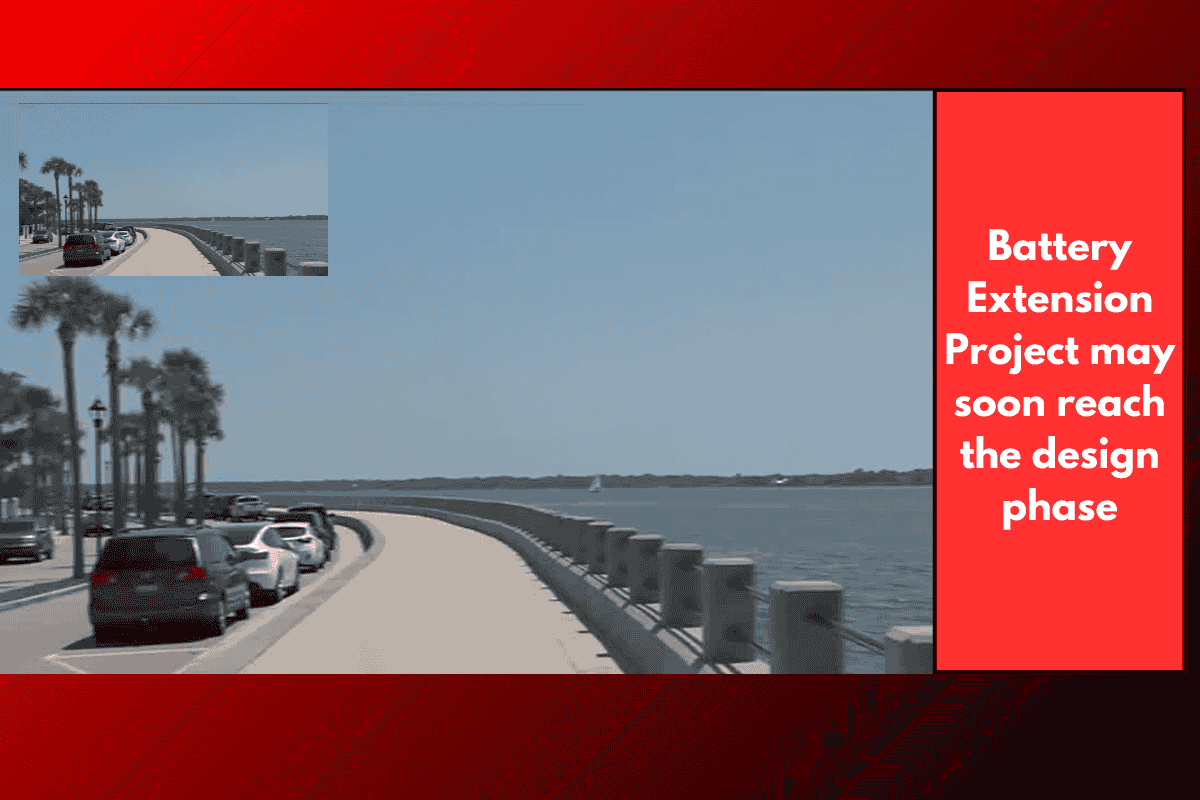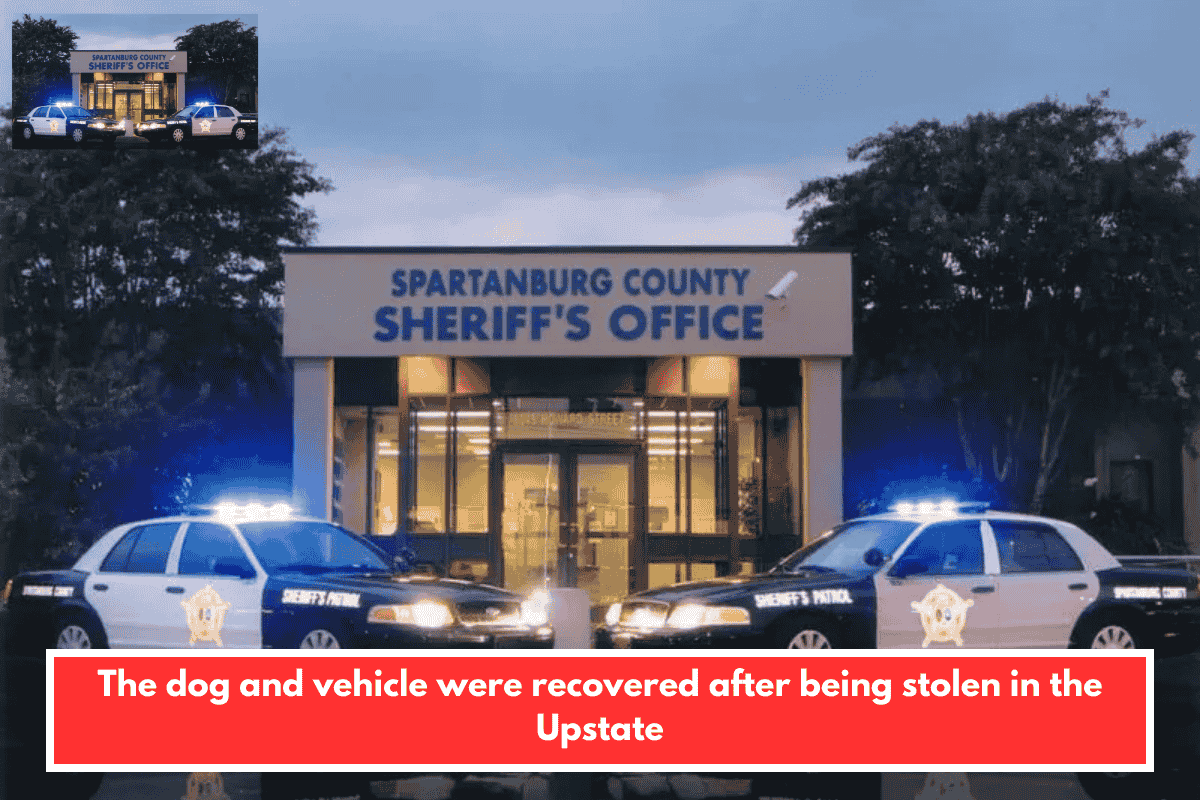After years of planning, Charleston’s long-discussed Battery Extension Project may soon enter the critical design phase. As flooding and sea level rise continue to threaten the historic city, local officials say the time for action is now.
The City of Charleston Public Works Committee is meeting this week to review progress on major flood resistance projects, including the Battery Extension. Alongside that, Charleston City Council is expected to examine short-, medium-, and long-term funding plans — and could approve the mayor to move forward with signing the design agreement.
A $20 Million Step Toward Flood Protection
Councilmember Mike Seekings, who represents District 8, confirmed that the next step — the align and design phase — will cost around $20 million, with 35% of that funded by the city. While it’s a hefty price tag, Seekings and residents alike say the investment is essential.
“When we get floods and hurricanes, it comes right over the Coast Guard lawn into my lawn right next door,” said longtime resident Laura Wichmann Hipp, who lives near the Lower Battery.
Protecting Charleston’s Historic and Medical Districts
The Battery Extension Project aims to extend the Lower Battery seawall both west and east, eventually wrapping around the entire peninsula. The goal is to provide critical protection against tidal flooding, hurricanes, and sea level rise.
Seekings stressed the importance of protecting key areas:
“We’ve got the historic district right behind you. We have the medical district right over my left shoulder — giving them some protection is clearly something we need to do.”
More Than Just a Seawall: Public Access and Resilience
Beyond flood protection, the project also focuses on improving public access to the waterfront.
Kaylan Koszela, Charleston’s Director of Resilience, explained, “One of the things we hear from the public is they want more access to the water. This is a way to do that, while also protecting us from increasing risks like storm surges and tidal events.”
The Battery Extension will be part of a larger resilience strategy, which includes the Tidal and Inland Flood Risk Management Study — a broad initiative looking at solutions for James Island, West Ashley, and the Charleston peninsula.
A Federal Partnership to Make It Happen
The success of the Battery Extension Project depends heavily on federal support, particularly from the U.S. Army Corps of Engineers. After six years of groundwork, Seekings said the city is finally ready to sign the design agreement and move forward.
“We’re now in a place where we can sit down and figure out how to design both perimeter and inland protections. We need to move now,” Seekings emphasized.
A Timeline for Progress
Once the agreement is signed, officials hope to complete the design phase within 18 to 24 months. The full construction of the Battery Extension could take up to 10 years to finish.
Koszela and Seekings both agree that further delays aren’t an option.
“We need to move this project now,” Seekings said. “Let’s get it aligned, let’s get it designed, and let’s get it built.”
Charleston, with its historic charm and coastal beauty, is at a crossroads. The Battery Extension Project may be one of the most significant moves yet to preserve the city’s future while protecting its past.













